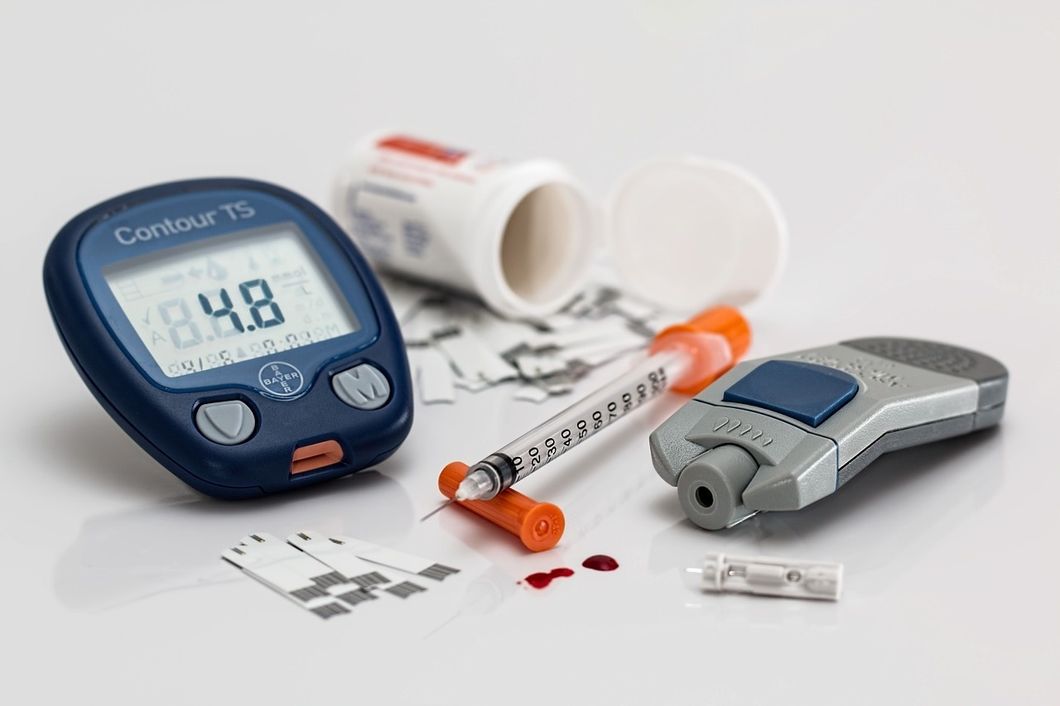Those with diabetes often require insulin, which like any other medication to manage a disease, is essential to maintaining a healthy lifestyle. Insulin is used as a medication for both type one and type two diabetes. In a type one diabetic, the pancreas produces insufficient insulin and in a type two diabetic, the body does produce insulin, though sometimes not enough or the cells do not respond appropriately. Thus, in either case, diabetics often rely on some form of insulin to keep their blood glucose levels at a healthy range.
Managing diabetes is a difficult task, and it is something that the diabetic person, especially one with type one diabetes, must learn to master. From tracking carbohydrates and blood sugar levels to using insulin injections and maintaining a healthy diet and exercise regime, this can be a lot of responsibility.
Living with diabetes is challenging and complex on its own. Some, unfortunately, have to deal with an incredibly stressful situation—struggling to afford their insulin. Recently, the price of insulin has soared to an unreasonably high amount. According to the American Diabetes Association, the cost of insulin tripled since 2002 and has increased by 64 percent since 2014. The cost for only one vial of insulin, which lasts twenty 28 days on average, is often over $300.
Attempting to afford insulin often creates adversity and places financial strain on a person and their family. Diabetics with insurance which does not cover the cost of this medication are required to pay out of pocket. For those who work a lower-paying job and earn around minimum wage, this is quite the expense and oftentimes, when money is tight, these people may end up refraining on essentials such as groceries, or they may sell their belongings in order to cough up enough money. Even worse, they may ration their insulin so it can last a longer period of time which can be incredibly dangerous. Rationing insulin oftentimes leads to diabetic ketoacidosis which is a condition in which the body reacts to a lack of insulin by forming blood acids which can cause serious complications and negative health effects or even death.
Some brands of insulin are known to be cheaper, and the companies advertise themselves in a way that makes it seem like undoubtedly the right choice to purchase their product because it is more affordable compared to other brands. For instance, Walmart has insulin for a shocking price of only 25 dollars per vial. Not only is this price much lower than most insulin, but you don't even need a prescription to purchase it. The insulin sold here, on the other hand, is known as human insulin. This works out well for some, but for others, not so much especially due to the fact that human insulin does not hold all of the advancements and benefits that the newer insulins have.
Last year, Meaghan, a 47-year-old type-one diabetic from Ohio, chose the insulin from Walmart as it was her only option. After losing a job and struggling financially, Meaghan took the chance and went with the more affordable insulin, although it had unforeseeable effects and she didn't quite know exactly how her body would respond. Meaghan later fell into diabetic ketosis and passed away. There are many cases similar to Meaghan's and it is really unfortunate that obtaining medication specific to one's needs is so inaccessible.
Just like every human being requires air, food, and water to live and function, diabetics need insulin. No wonder so many people are going to Canada where insulin is sold for a much more reasonable price. Intervention is needed, and it is time lawmakers resolve this issue because having to make pressing financial choices such as deciding between insulin and food for the week in which the person can only get one or the other, is an unjust deprivation.


















